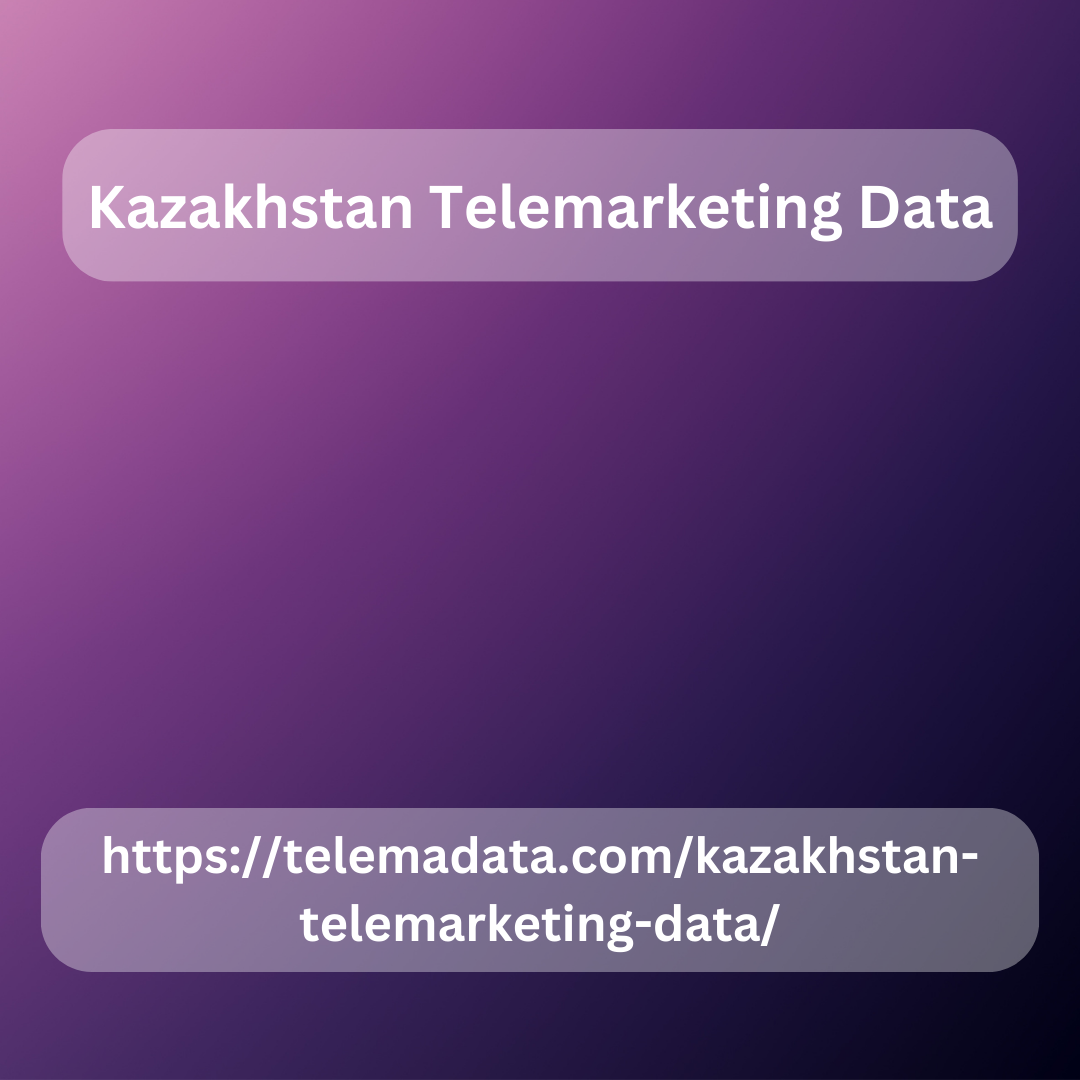Post by prantogomes141 on Feb 14, 2024 8:56:07 GMT
When considering whether to acquire a merchant account, consider the benefits and downfalls. Here are some pros: It has lower transaction rates. It’s good for high sales volumes. It has lower fees for chargebacks. It has a lower incidence of holds and freezes on accounts. You have more control over your customers’ online shopping cart data. These are some cons of obtaining a merchant account: It has a more complex and longer application process. New companies or those with low credit scores are less likely to get approved. It has added expenses. It has higher costs for PCI compliance. FYI PCI compliance fees vary by processor, but they usually cost between $79 and $120 per year.
What to know about PayPal PayPal is an alternative way for businesses to accept credit cards without needing to get a merchant account. Essentially, individual merchants can use a subaccount of the PayPal master merchant account to accept credit cards. What is PayPal? PayPal is a payment platform that has been around since 1998. It started out as the first channel for individuals to Kazakhstan Telemarketing Data send money using a mobile phone app. Since then, it has grown to around 392 million active users. PayPal processes an average of 41 million transactions a day — including a whopping 22 percent of all online transactions in the United States. PayPal began offering merchant services a few years ago and now holds over 29 million active merchant accounts. How does it work? PayPal is a credit card facilitator, also called a payment aggregator.

PayPal uses one master merchant account, and each individual merchant is a submerchant on that account. It then contracts with a third-party credit card processor to communicate with the issuing bank and transfer funds into its master merchant account. Once your money gets to PayPal’s merchant account, it credits your business PayPal account. You can then choose to either keep the money in your PayPal account to pay your business expenses or transfer it to your bank account. Unlike with a merchant account, this last step is not automatic. Since PayPal uses one merchant account for everyone, it’s sensitive to potential fraud. If your company has several chargebacks within a short period, it may freeze your account.
What to know about PayPal PayPal is an alternative way for businesses to accept credit cards without needing to get a merchant account. Essentially, individual merchants can use a subaccount of the PayPal master merchant account to accept credit cards. What is PayPal? PayPal is a payment platform that has been around since 1998. It started out as the first channel for individuals to Kazakhstan Telemarketing Data send money using a mobile phone app. Since then, it has grown to around 392 million active users. PayPal processes an average of 41 million transactions a day — including a whopping 22 percent of all online transactions in the United States. PayPal began offering merchant services a few years ago and now holds over 29 million active merchant accounts. How does it work? PayPal is a credit card facilitator, also called a payment aggregator.

PayPal uses one master merchant account, and each individual merchant is a submerchant on that account. It then contracts with a third-party credit card processor to communicate with the issuing bank and transfer funds into its master merchant account. Once your money gets to PayPal’s merchant account, it credits your business PayPal account. You can then choose to either keep the money in your PayPal account to pay your business expenses or transfer it to your bank account. Unlike with a merchant account, this last step is not automatic. Since PayPal uses one merchant account for everyone, it’s sensitive to potential fraud. If your company has several chargebacks within a short period, it may freeze your account.
